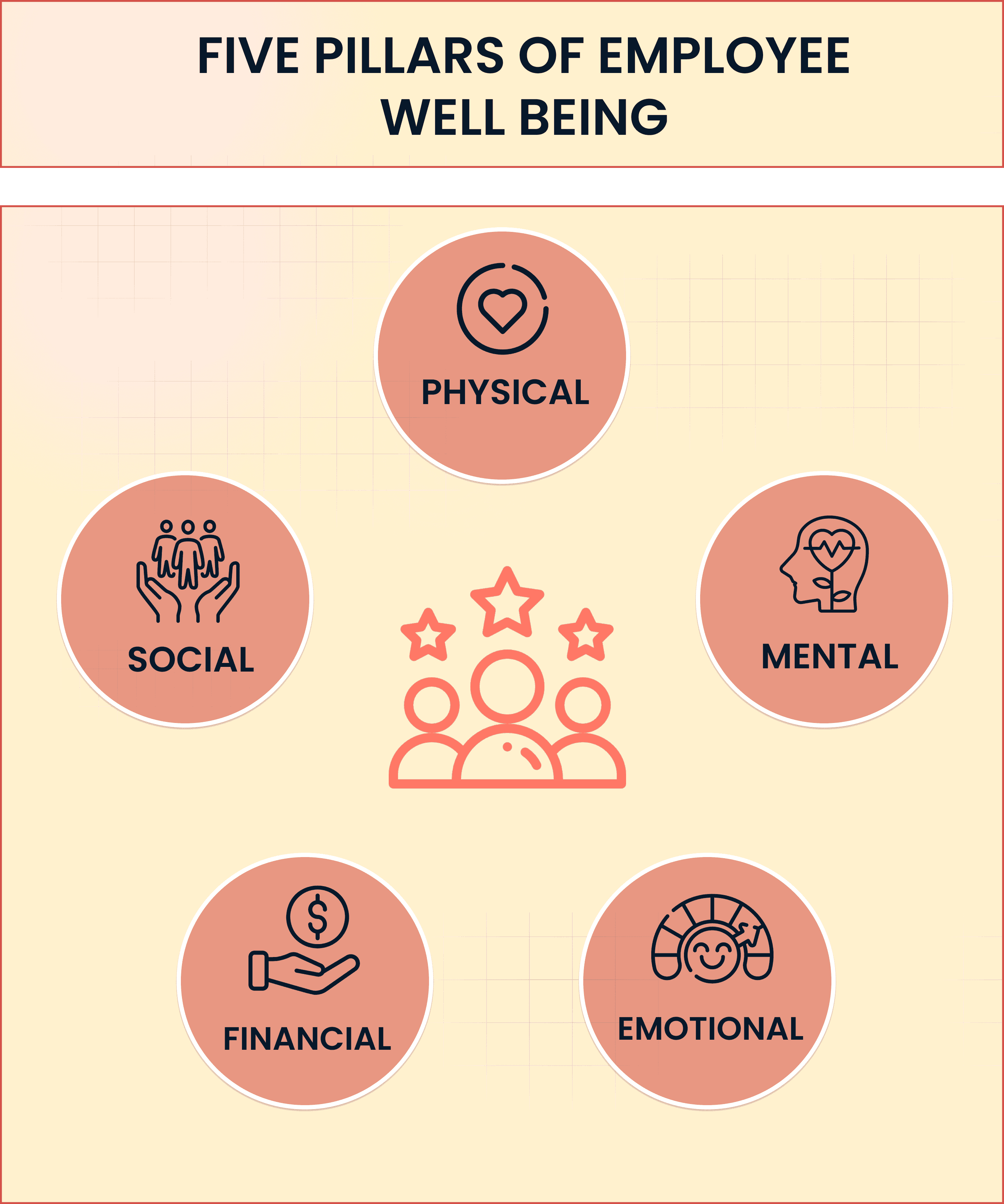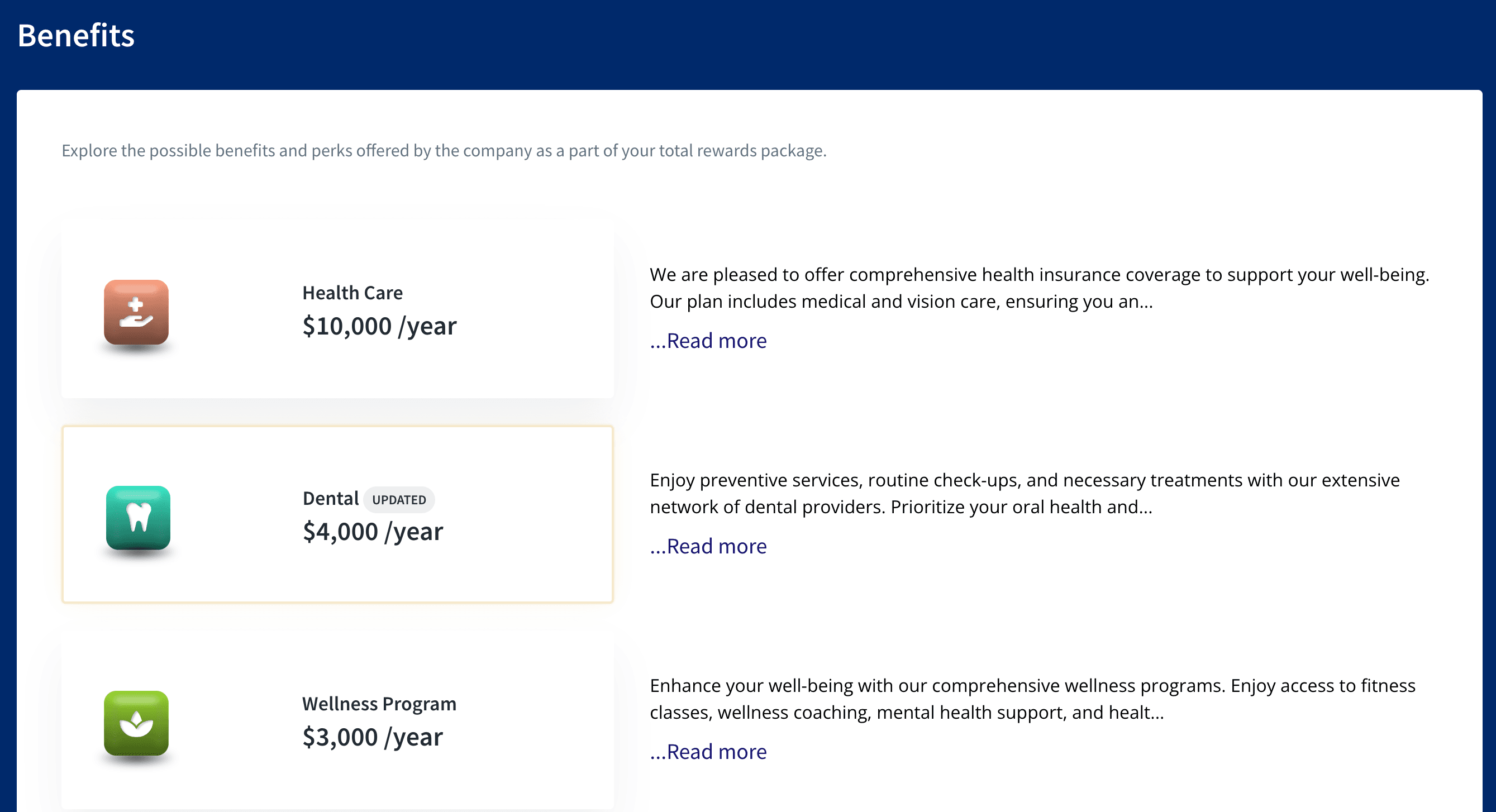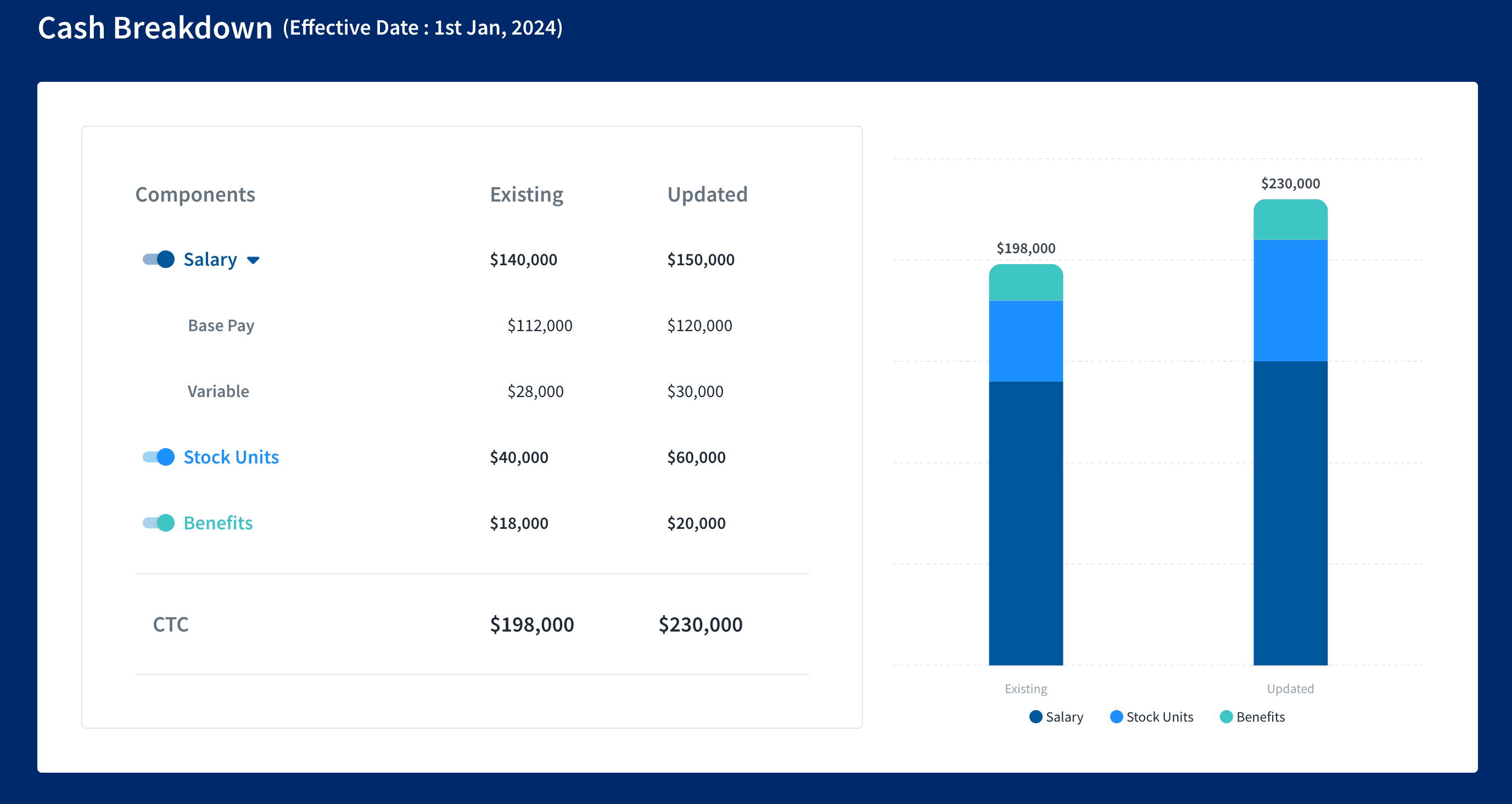
Employee productivity as a concept has been subject to various interpretations in the history of an employer-employee relationship.
In contrast to the pre-employee-centric era, HR teams now believe that an employee in prime physical health and mental health can achieve the highest level of productivity. Hence, compensation teams have redirected their focus on revamping their benefits strategy to improve an employee's quality of life.
This shift has also improved employee morale, with 70% of employees reporting higher levels of job satisfaction with the introduction of wellness programs according to a survey report.
Employee well-being is thus at the center of driving organizational performance.
Let’s start by understanding employee well-being in detail.
Employee well-being means that your employee should be in a productive state of mind and body. 5 different factors need to be considered when talking about employee well-being:

It’s a balance of all these 5 factors that leads to a productive workforce. This means making sure that you provide resources to your employees to deal with situations like health issues, burnout, anxiety, stress levels, workplace biases, financial crises, and more.
While employee well-being brings benefits for your employees, it is just as important for a thriving workplace as well. Let’s understand why.
There are major benefits to ensuring employee wellness in your workplace. Let’s have a look at some of the primary reasons:
Workplace well-being programs can make a significant change for disengaged employees when dealing with lifestyle-related issues.
A study shows that employee well-being programs motivate employees to regulate their diet, cut back on smoking and drinking behaviors caused by stress, be consistent with physical exercise, and more.
This leads to better employee experience and employee health with them being more productive and present in their work.
Employee well-being initiatives have a financial impact on reducing healthcare costs in general.
In 2014, Rand conducted a study to analyze if employee wellness programs have a positive impact on the company’s bottom line as well.
The research states that programs that provide solid disease management, help identify risk factors, and provide timely intervention are known to give better ROI as compared to other initiatives. This means that a reduction in healthcare costs can only be achieved through an effective wellness initiative.
A study mentions that 4 kinds of employees have reported lower levels of absenteeism:
A comprehensive employee well-being structure will help your employees be more present and dedicate productive hours to their tasks and overall create a positive work environment.
Let’s have a look at 5 tips that you can include in your employee well-being initiatives to promote employee well-being:
Flexible work schedules have helped employees overcome the resistance to unproductive hours significantly in workplace cultures.
There are a couple of measures you can take to ensure better flexibility for your employees:
This structure will put your employees in a relaxed state of mind where they know that they can get the work done in their own time.
Employees who have the freedom to locate and bring up solutions for workplace problems are better engaged and more likely to stay according to a study done by springer.
The introduction of a structured process in problem resolution helps reduce burnout and increase job satisfaction in your company culture.
This also improves the quality of work and provides a sustainable solution for reducing employee turnover and leads to happy employees.
Compensation and rewards teams should make sure to have enough resources at their disposal to never overwhelm employees with tasks.
Research reveals that very long hours or excessive work pressure can severely hamper the well-being of your employees in the long run.
Recruiting more employees might seem like an added investment at first but it saves healthcare costs in the long run which is ultimately profitable for the businesses as well.
Employees at the workplace must be facing different challenges in their personal lives that would affect their ability to perform tasks. Managers and senior leaders should be motivated and equipped to provide adequate support since they are employees’ first point of contact.
To make this change, leadership teams can introduce training programs for your managers so they can provide the needed support in times of crisis. Having accommodating managers would not only improve employee performance but also increase employee engagement and retention in the long run.
Having a sense of belonging in the workplace is one of the most important pillars of DEIB initiatives.
This can be achieved through different ways:
Feedback is the best way to understand your employees’ perspective when it comes to their well-being. Let’s have a look at some of the important metrics that need to be considered when you’re analyzing your employee wellness initiatives:
You can use the data from these studies to adjust your benefits program to make it more effective and relevant to your employees and their career goals.
CompUp as a compensation management solution has features that help businesses improve their employee wellness programs for better results:
CompUp in association with a community of more than 500 rewards professionals releases an annual ‘Benefits Benchmarking Report’ that summarizes the latest trends in the total rewards industry. This helps businesses align their benefits programs to the market standards.
CompUp has a detailed benefits section that provides a comprehensive view of the benefits enlisted for an employee. This helps you curate the most optimized and balanced benefits program that aligns with your organizational goals as well.

Employee well-being begins with a thought to prioritize your employees for the welfare of both your workforce and your organization. To take a step in the right direction, you need a solution that will guide you with the latest trends in the industry.
CompUp is a solution that helps you put your employees first. It is backed by a community of rewards professionals, ‘Compensation Insider’ that helps you understand the best practices in the employee benefits landscape.
It also derives insights from the same source to continuously update features that help you ensure employee well-being in your workplace.
Click here to learn more about how CompUp can help you optimize your employee well-being initiatives.
Revolutionizing Pay Strategies: Don't Miss Our Latest Blogs on Compensation Benchmarking